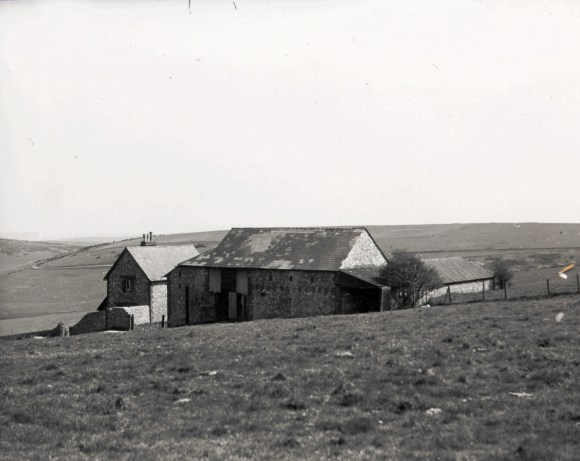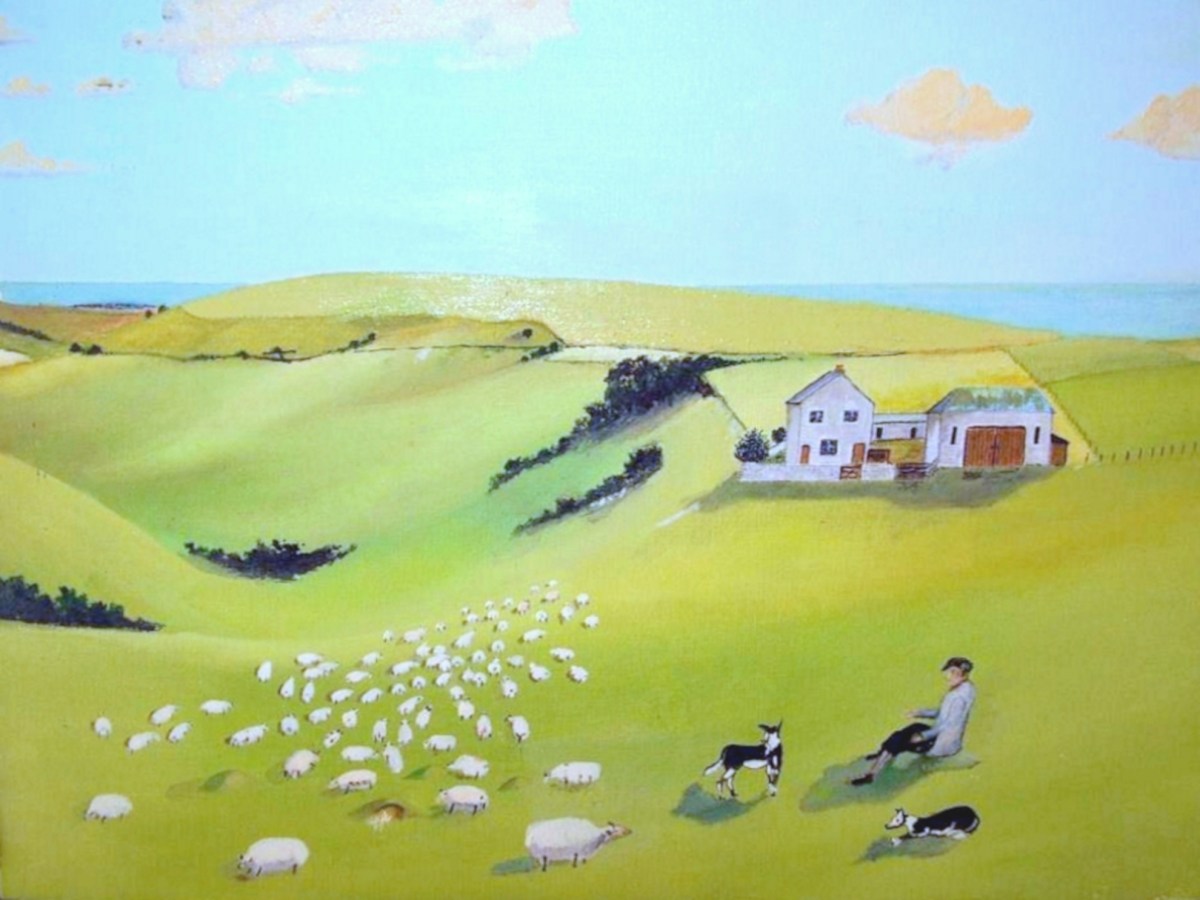Introduction

Newmarket Farm was a remote cottage and barns situated on the Downs high on Newmarket Hill, midway between Brighton and Lewes, in East Sussex.(1) It was the birth-place of Peggy, David’s mother. It is now a bramble and nettle covered pile of rubble in a corner of Castle Hill National Nature Reserve. Little did we know just how dramatic the story would become, or the people we would meet. Our first discovery was that it was located in the Parish of Kingston near Lewes, a village that we knew next to nothing about. Luckily we found a good history of Kingston by Charles Cooper(2) which made researching its early history so much easier. Roger Taylor’s book on Kingston(3) was found in Lewes Public Library. Margaret Thorburn, who had researched the history of the Kingston Manor of Hyde,(4) obtained a copy of Mrs Alexander’s book on the village for us,(5) and also provided us with a lot of useful background information. The record offices of East and West Sussex in Lewes and Chichester, and the Brighton History Centre have all been very helpful in unearthing a variety of old books, maps, photographs, newspapers, and ancient and obscure documents. The Internet, of course, has also been an invaluable source of information and pictures. A lot of personal information about the various characters in this story has been obtained from the website Ancestry.co.uk to which we currently subscribe. Sheila and Peter (descendant of James) Hodson kindly allowed us access to their family archive. The murder of David Baldy was extensively covered by local and national newspapers, accessed in the Brighton History Centre, and the British Library’s online newspaper service. For the later history of Newmarket Farm we have had to look to the histories of Balsdean and Woodingdean. Of great use were books by Longstaff-Tyrrell,(6) and Peter Mercer(7). A recent history project, Woodingdean Then and Now, recorded the personal memories of some of the older residents of Woodingdean. So it was that Peggy was introduced to the three surviving Phipps family members who, back in the 1930’s, were children who lived in Newmarket Cottage, before Peggy’s family replaced them in 1938. A video of an interview with the Phipps’s was included in a documentary Dvd as part of this project. The Phipps’s told a story not only of desperate poverty, but also of the happiest time of their lives. We would love feedback. Email: peggy.cuthbertson@btinternet.com
(1) http://en.wikipedia.org/wiki/Newmarket_Hill,_Sussex. (2) Cooper, Charles (2006) A village in Sussex: the history of Kingston-near-Lewes. (3) Taylor, Roger (1990) A History of Kingston-near-Lewes. (4) Thorburn, M. (2001) An Account of the Manor of Hyde: Kingston near Lewes, Sussex. (5) Mrs Alexander (1950’s) edited and reprinted by H. & A. Craven, Record Book of Kingston. (6) Lost Villages of East Sussex. (7) The Hunns Mere Pit, The Hunns Mere Way.
Previous: Table of Contents
Next: Chapter 2. Early History
